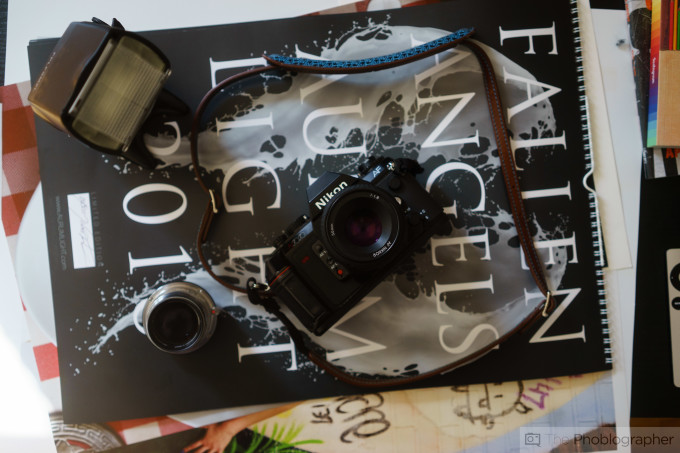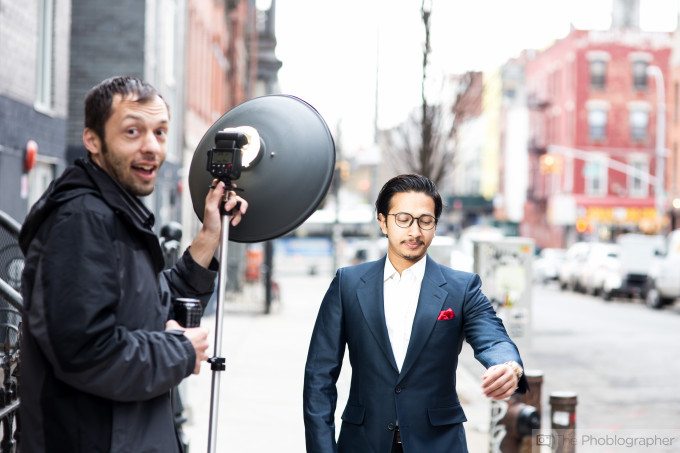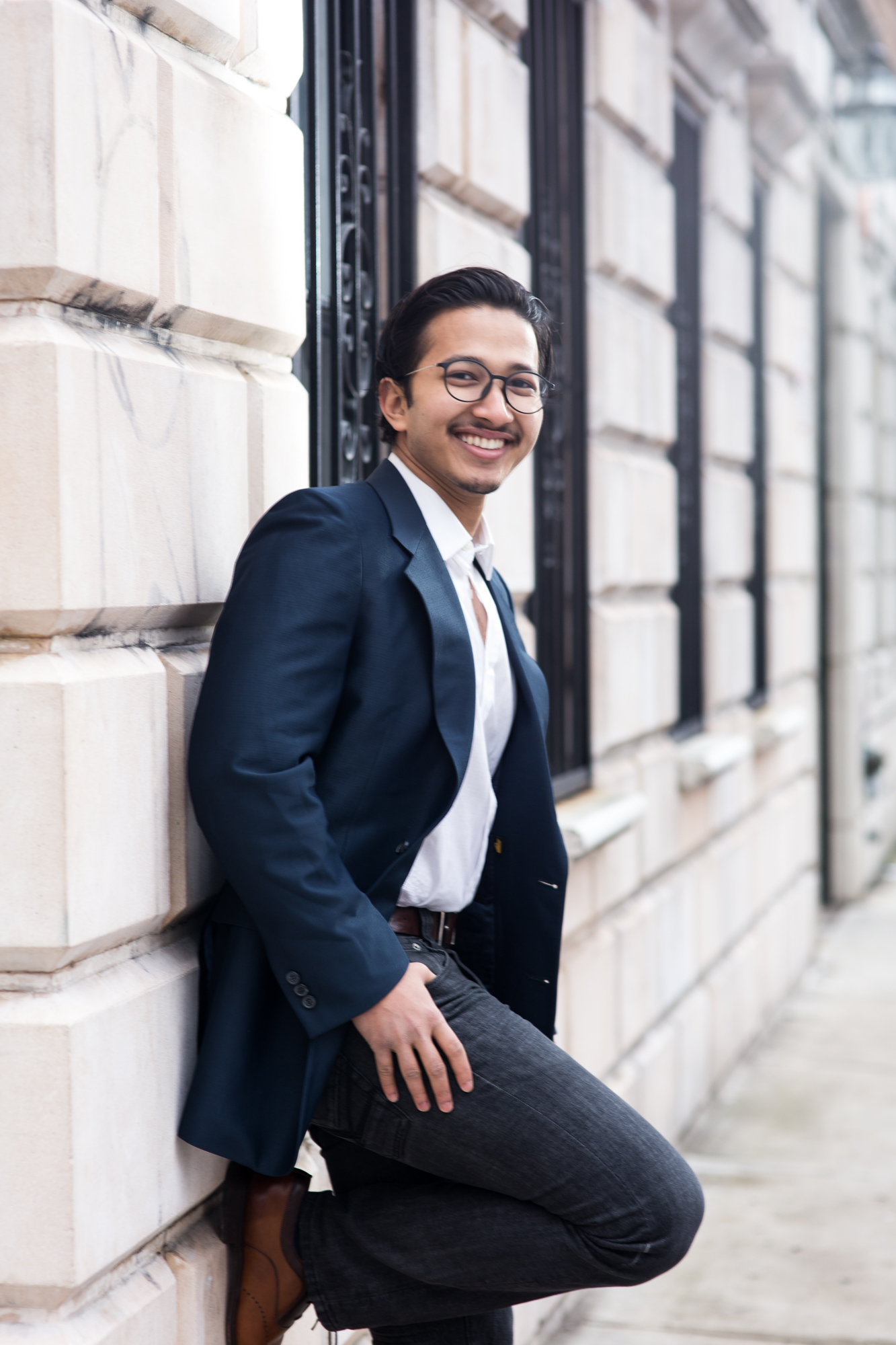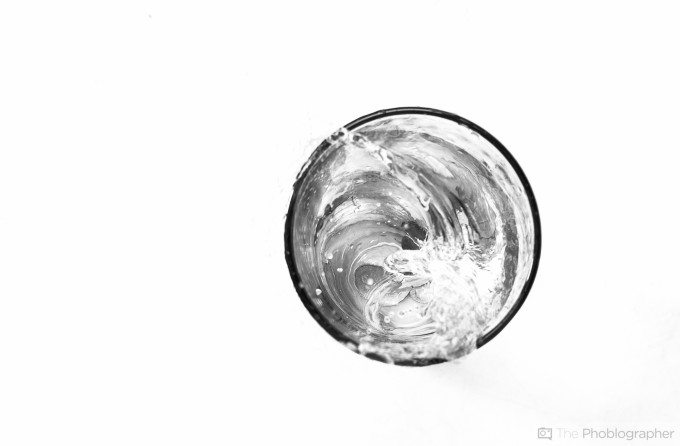Last Updated on 03/09/2016 by Chris Gampat
Allow me to let you in on a secret that so many very experienced photographers have known for years and have come to embrace: a flash in the right place can do absolute wonders for your photography. Not a constant light: a flash.
When used correctly flashes are the single most effective tool in your photography kit after your creative vision. It’s not your camera, it’s not really your lens, but instead it’s your flash. To truly understand this, you’ll need to think about a flash as adding in another light source to your scene. Got a window? Cool; maybe you can enhance what it does. Don’t have a lot of light in a scene? Maybe you can use a single light source and add it in to create a scene that you really like.
A flash does many things for you; and in this beginner’s guide, you’ll learn how it can help you create sharper images.
Exposures
First off, when working with a flash, the laws of exposures change a bit. In a normal, natural light setting:
- Shutter speeds control movement, and light
- Apertures control depth of field and light
- ISO controls overall sensitivity.
That all makes sense and it’s what most photographers are taught to believe. When a flash is added into the scene and the flash is set to manual output, then things change a bit.
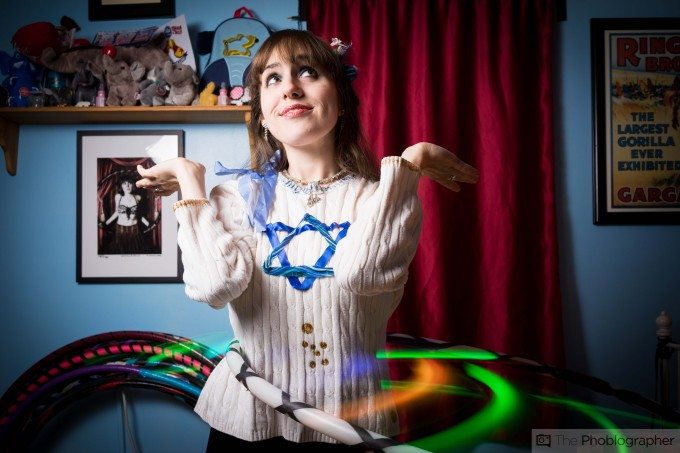
A fast flash duration is what stopped the fast moving motion otherwise. But Second curtain flash captured the trail
- Shutter speeds control ambient light in the scene. Not flash output. Depending on your sync setting, it can also control movement. First curtain sync acts normally with the flash while second curtain sync can capture light trails and add cool effects. This gets more complicated when high speed sync is involved, but the same premise generally applies.
- Apertures control depth of field and how much of the flash affects the exposure.
- ISO controls overall sensitivity
Let that soak in.
When working with a manual flash, you’ll need to pop the light output and see what it’s metered to. If a light meter says that it’s f8, then you shoot at f8. But if you want a brighter output from the flash, you can shoot at f5.6 or more wide open. If you want less depth of field in the scene and want to shoot at f2.8, then you keep the shutter speed and ISO constant, change your aperture to f2.8 and lower the flash output accordingly from f8 to f2.8. That’s three stops of light, so your flash will need to be lowered by three stops.
A Little Light in the Right Spot
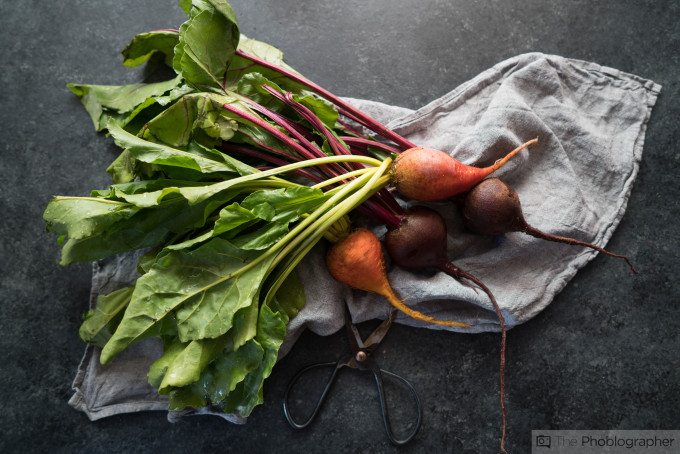
A little light in the right spot can make all the difference: especially when it comes to sharpness. Think of it this way:
- If you’re in the dark and a scene is lit only by a candle, then there isn’t a whole lot of light. Now imagine trying to read a book by candle light. It’s quite tough.
- Replace the candle with a full torch that burns brighter. Reading is easier because you can see more details.
That’s how a flash works. Despite the fact that you think you and the camera can see all the details very well at a lower ISO, you can’t see them–or at least they’re not very evident. There are little textures that you don’t see right out of the box and nothing can fix that except for more light in the right spot.
These little details are called specular highlights.
Here’s what I’m talking about:
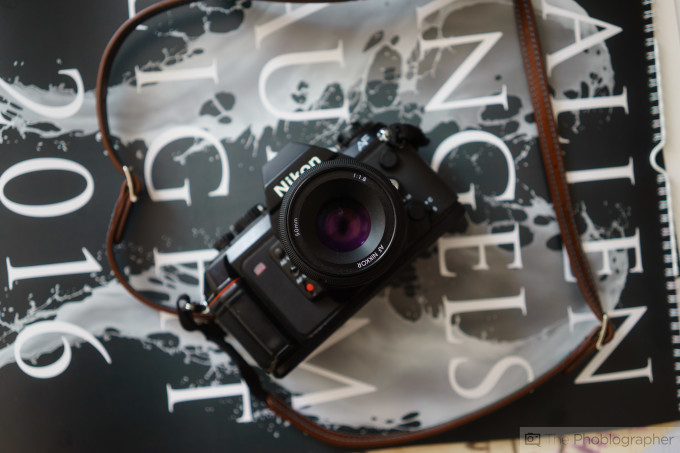
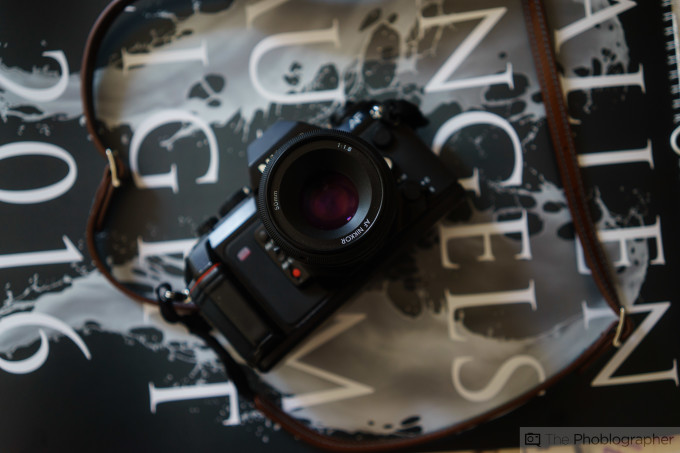
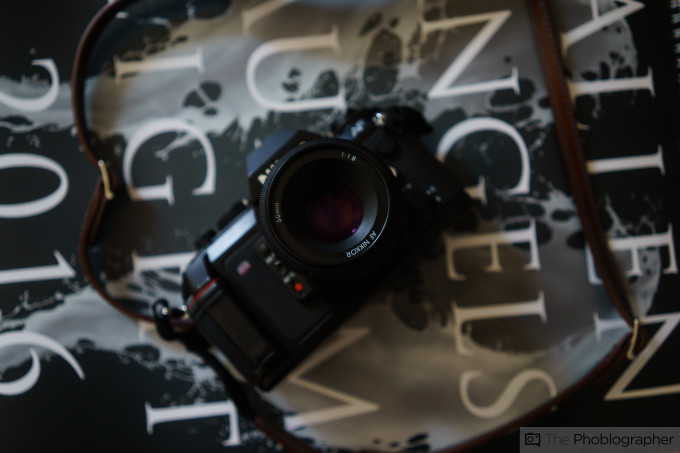
You may say that ISO 320 isn’t going to give you bad results; and indeed it won’t. But it’s still not ISO 100. The idea of camera shake is also playing a factor here and a flash can remove that in some ways.
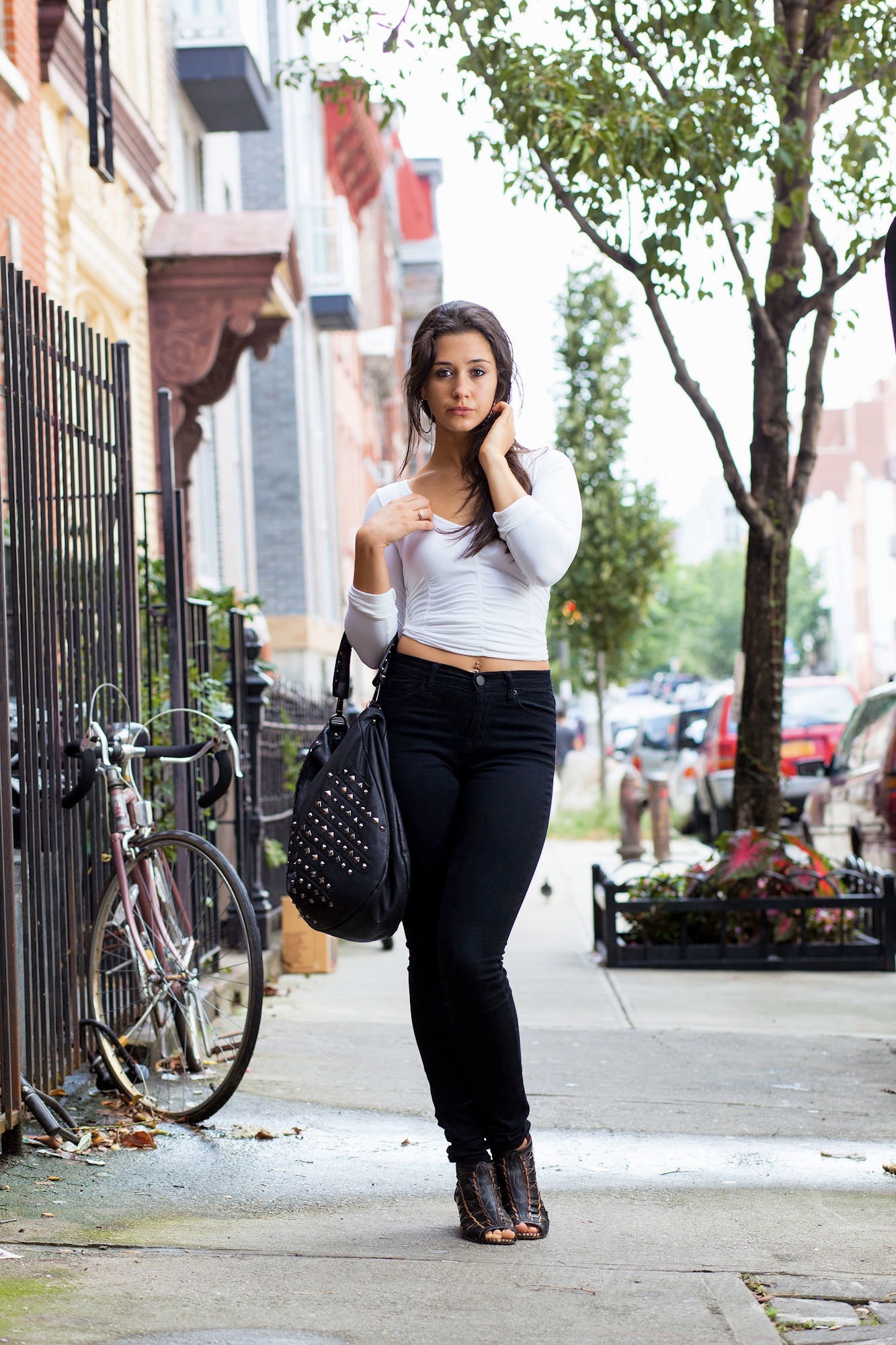
Flash Duration
Would you believe that the image above was shot at three seconds long? Yet I was still able to capture a crazy amount of detail in the splashes and stop a super fast moving moment.
How was this one? With a flash, of course!
Flashes have something called a flash duration which is rated in the same way that shutter speeds are set. A flash with a flash duration of 1/8,000th can capture faster moving motion than one with a flash duration of 1/320th.
So how does that apply to getting more details? A fast flash duration can greatly eliminate the effects of camera shake. In some ways (and to explain it to a layman) it essentially takes over for the shutter speed in some ways. Of course, so can a tripod; but a flash is far faster to setup than a tripod, calibrating the head to be in the exact spot, etc.
Go forth! Try it out!


